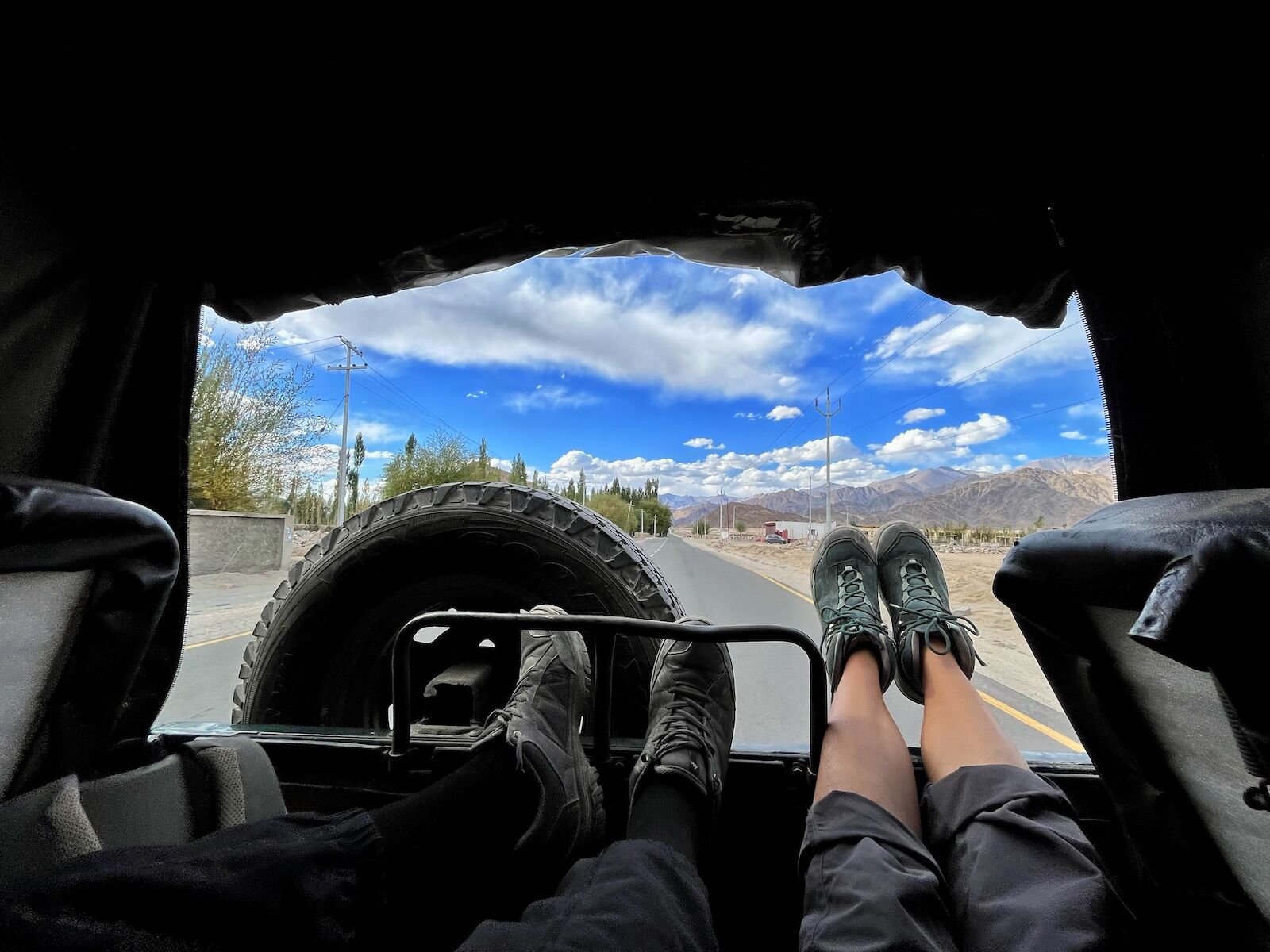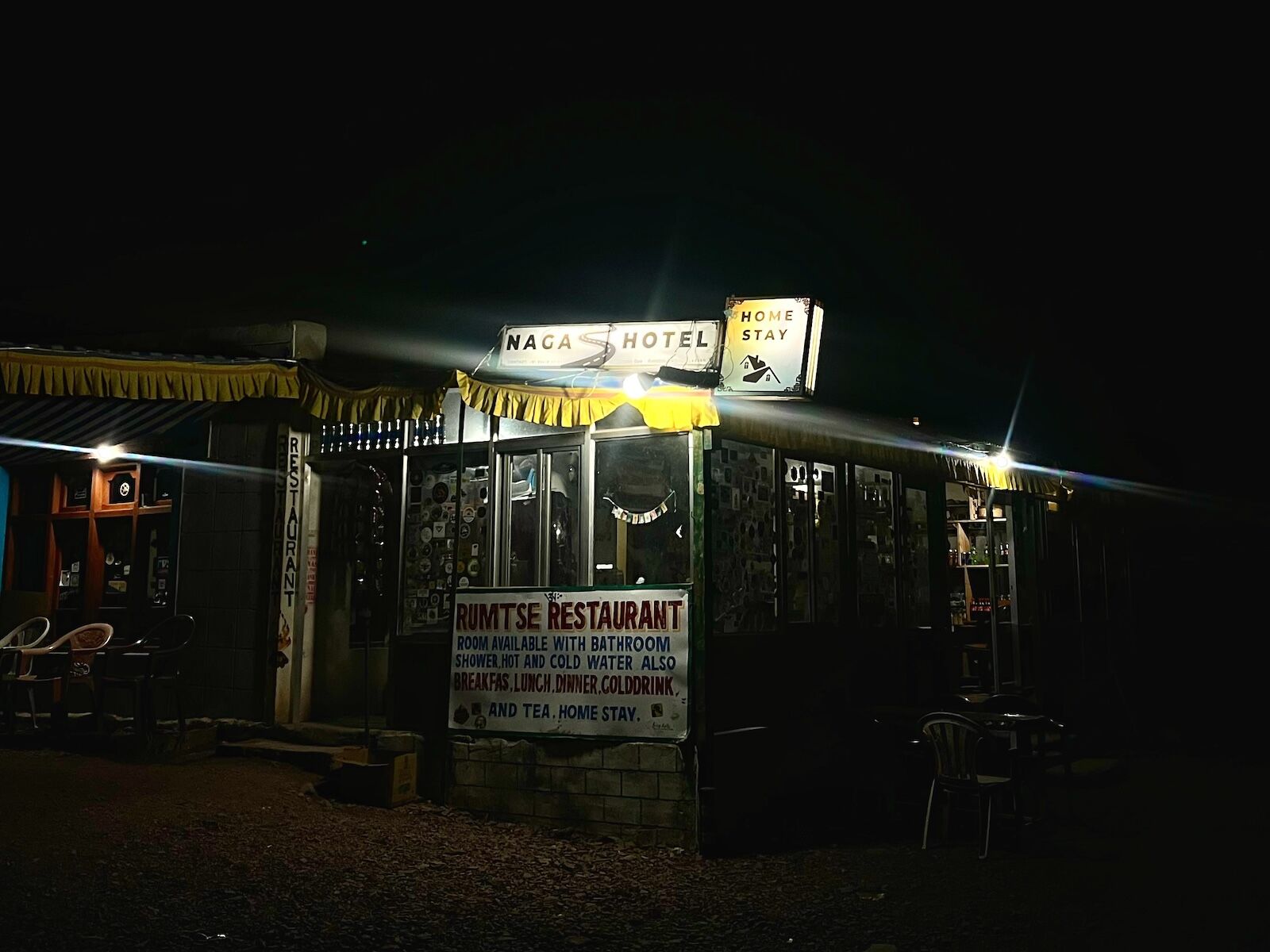My friends and I chose the date of September 15, 2024, a day picked after scouring our weather apps and seeing that it promised sun and clear skies. Six of us were ready to tackle a peak 19,783 feet, or 6,030 meters, above sea level: UT Kangri II. Five of us would be attempting it for the first time, while one had made the trek before.
UT Kangri II is a peak in the union territory of Ladakh in India. It’s a sparsely populated, high-altitude region on the western Himalayas, with desert-like terrain, deep valleys, and mountain passes. Of the hikable mountains in India for beginners, UT Kangri II itself is relatively non-technical, with an easy approach. But it’s still a grueling challenge, given the altitude – especially as our goal wasn’t just to reach the top, but to speed-hike it in a single day. We’d start before the sun rose and return before dusk, ideally.








